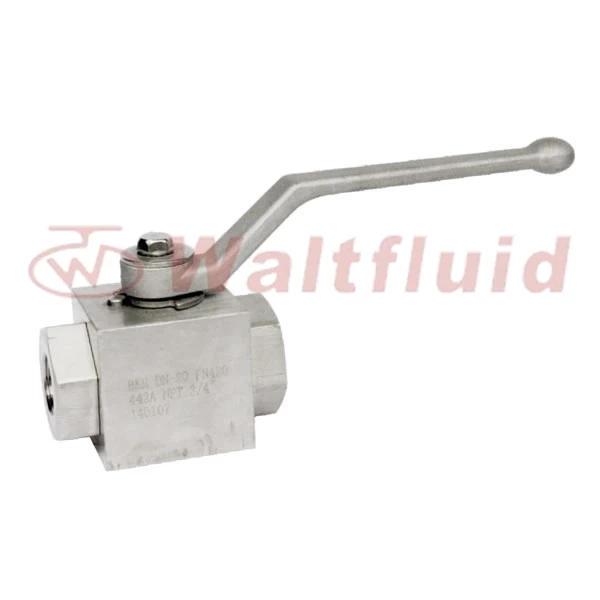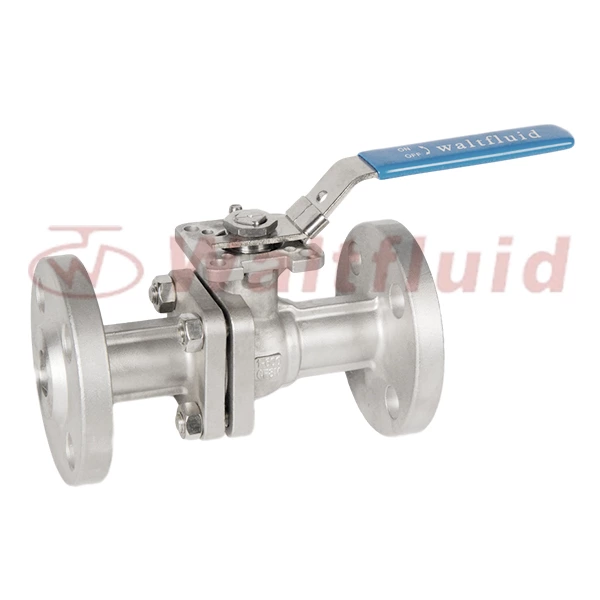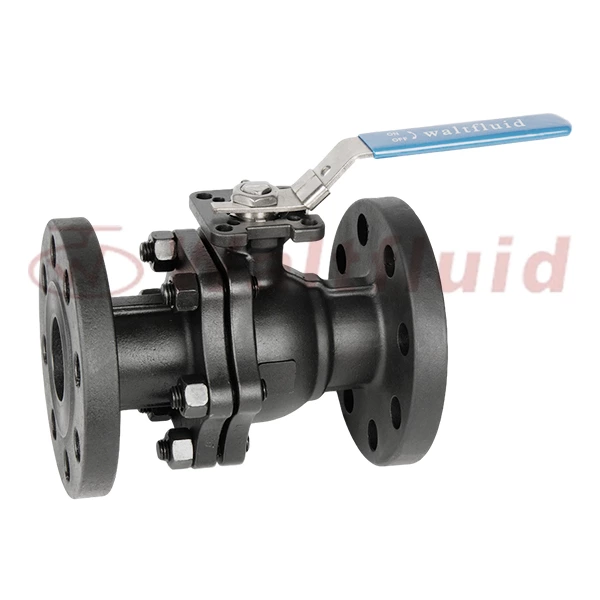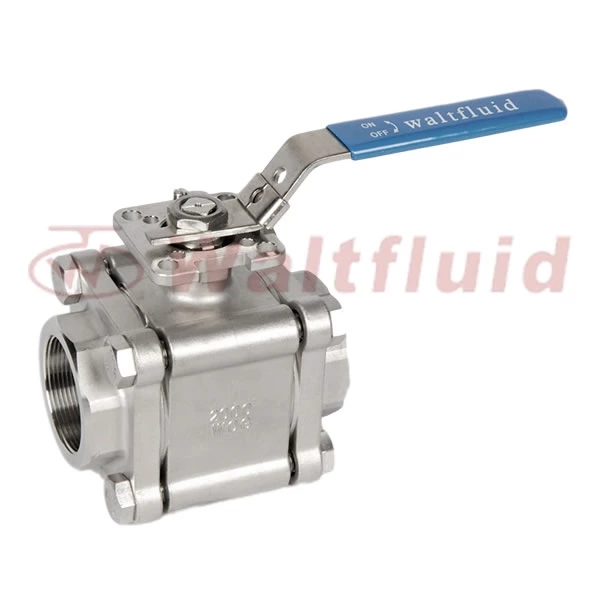Advantages Of 316 Stainless Steel Ball Valve In Corrosive Media
3 Piece Ball Valve is widely used in pipeline systems with various corrosive media due to its excellent corrosion resistance. The following are the application advantages of 316 stainless steel ball valves in corrosive media:
1. Material advantages
1.1. High corrosion resistance
Alloy composition: 316 stainless steel contains 16% chromium (Cr), 10% nickel (Ni) and 2% molybdenum (Mo). The addition of molybdenum significantly improves its corrosion resistance to chloride and other corrosive media.
Resistance to chloride corrosion: The addition of molybdenum makes 316 stainless steel show stronger corrosion resistance than 304 stainless steel in a chloride environment, and is suitable for chemical media containing chloride.
1.2. Excellent high temperature resistance
High temperature resistance: 316 stainless steel has good high temperature strength and chemical resistance, and is suitable for use in high temperature environments to avoid corrosion problems caused by high temperatures.
1.3. Excellent chemical resistance
Chemical media adaptability: 316 stainless steel can withstand corrosion from a variety of chemical media, including acids, alkalis and salt solutions. Especially in strong acid or alkali environments, the corrosion resistance of 316 stainless steel is better than that of 304 stainless steel.
2. Application advantages
2.1. Long-term reliability
Corrosion resistance: The corrosion resistance of 316 stainless steel ensures the long-term reliability of the ball valve in corrosive environments, reducing maintenance frequency and replacement costs.
Lower failure rate: Due to its corrosion resistance, 316 stainless steel ball valves have a lower failure rate, helping to improve the overall reliability and stability of the system.
2.2. Increased sealing performance
Sealing: The ball and seat of 316 stainless steel ball valves usually use high-quality sealing materials, such as PTFE or metal materials. These sealing materials can match the corrosion resistance of 316 stainless steel to ensure that the valve has good sealing in corrosive media. performance.
2.3. Adapt to the environment
Temperature and Pressure: 316 stainless steel is capable of adapting to a wide range of temperatures and pressures and therefore performs in corrosive environments with high temperatures and pressures.
3. Application areas
3.1. Chemical industry
Corrosive chemicals: When dealing with strong acids, alkalis and other corrosive chemicals, 316 stainless steel ball valves provide the necessary corrosion resistance to ensure system stability.
3.2. Offshore and petroleum industries
Salt water environment: The salt water or salt spray environment common in marine environments and oil exploration is highly corrosive to materials. The chloride resistance of 316 stainless steel ball valves makes it the first choice in these fields.
3.3. Pharmaceutical and food processing
Hygiene requirements: In the pharmaceutical and food processing industries, 316 stainless steel is often used to handle various chemicals and cleaning agents due to its excellent corrosion resistance and easy cleaning.
4. Economic benefits
4.1. Reduced maintenance costs
Extended service life: Due to the high corrosion resistance of 316 stainless steel, the service life of the valve is significantly extended, thereby reducing failures and maintenance costs caused by corrosion.
4.2. Improve system efficiency
Stability and reliability: The long-term stable performance of 316 stainless steel ball valves helps improve the efficiency of the entire pipeline system, reduce downtime and maintenance frequency, thereby improving economic benefits.
Summarize
The application of 316 stainless steel ball valves in corrosive media has significant advantages. Its excellent corrosion resistance, high temperature stability and chemical resistance make it an ideal choice for handling corrosive media in chemical, marine, petroleum, pharmaceutical and other industries. By using 316 stainless steel ball valves, you can improve system reliability, reduce maintenance costs, and improve overall economic benefits.

 English
English 中文
中文 Pусский
Pусский  Español
Español







